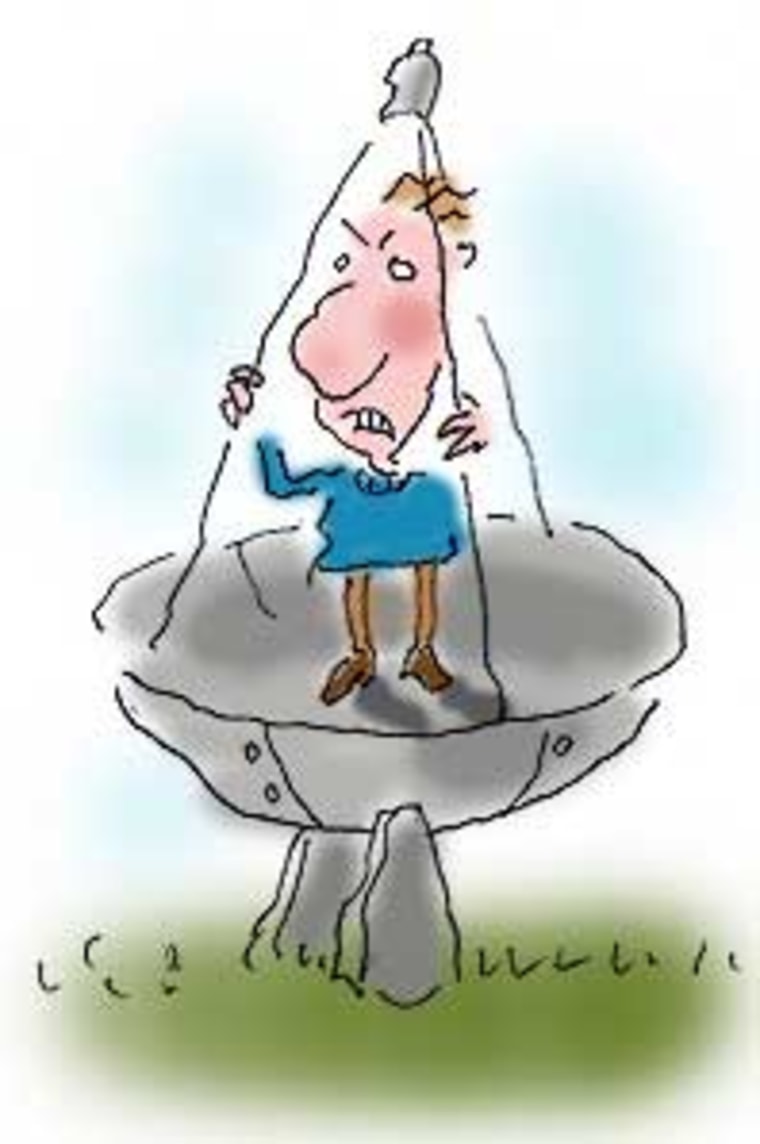The headline on the March issue of Wired proclaims “The End of Radio (As We Know It).” Inside are stories on the satellite radio wars, the coming digital radio boom plus radio recording devices and even podcasting. I disagree with the whole premise. Radio isn't ending -- all that's happening is we're getting more of it. And while the options may be better, sound quality is being sacrificed.
Let me explain. As I think we can all agree, commercial broadcast radio in the United States, for the most part, sucks. AM radio has been relegated to talk and FM stations play music — of sorts. Stations are Xerox copies of similar stations, playing the same songs over and over again.
Satellite radio partially solves this by giving you a huge choice of stations: Songs from every decade, genre, style and persuasion are available on both XM and Sirius services. Your choices are amazing, but what about the audio quality?
Satellite radio sound is, at best, barely passable. That’s because your satellite service provider sends only one digital signal to your receiver. The receiver then splits that signal into hundreds of audio streams: some, for voice, very narrow; others, for music, a little wider. I’ve been told these streams run from a few kbps for voice to something like 30 to 60kbps for music.
A typical music satellite radio station is thus compressed and expanded at a much lower rate than many MP3s. A reader will write me to defend the sound of a 128kpbs ripped music file (it’s not near-CD quality despite what anyone tells you) but I can’t believe anyone can defend the sound quality of a 36kbps satellite radio music stream.
Compare that to the way a good FM station can and does sound. It’s not even close. It’s like the difference between hearing a symphony in a recital hall versus listening outdoors on a transistor radio. These days, a low-end satellite receiver will set you back $100. For the same price you can get a Tivoli table radio which sounds 1,000 percent better than any music stream from either of the two satellite companies.
There are probably at least one or two FM stations in your area which transmit a great signal and music you want to hear. They’re worth seeking out. Public radio, college and classical stations sound best here in New York City.
Then there’s the programming.
Satellite radio companies have hired famous FM radio programmers from the past. In some cases, these are the same geniuses who are responsible for perfecting today’s horrible broadcast radio formats. That means satellite music streams, while diverse, can also be monotonous, repetitive and just plain boring.
There are some notable exceptions: David Johansen's “Mansion of Fun” radio show heard on "Sirius Disorder" Friday afternoons, Broadway tunes via XM’s "On Broadway" and ‘Broadway’s Best" on Sirius, or listening to three of the original MTV VJs, Mark Goodman, Alan Hunter and Nina Blackwood on Sirius’ "Big 80s" channel.
Here’s what the industry wants you to get excited about: digital broadcast radio or HD (high definition) radio. It’s the worst of both worlds: Bad FM programming plus satellite-like digital audio quality.
FM stations in your area will simulcast a digital signal in addition to the analog one you can listen to. Bottom line: It means that you’ll be able to listen to mediocre-sounding digital music streams of the same horrible FM stations you can’t stand to listen to now.
And for this privilege the industry expects you to buy a new HD radio receiver. The car model discussed in Wired magazine, for example, lists for $850.
I say, let’s wait to make broadcast radio digital. Let's wait until the commercial programming and digital technology improve.
In the meantime, we have some great programming via satellite — and there are still beautiful sounds plus innovative programming available on analog FM. Maybe we can find a way to merge everything into a great product.
It’s not the end of radio. Radio is hopefully just beginning to reinvent itself.
